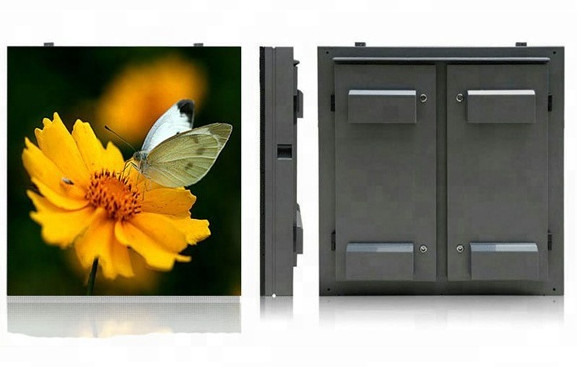Industry news
General testing standards for indoor outdoor LED screens
There are three rough and simple acceptance methods for LED screens:
1. Whether the materials are consistent with those specified in the contract, including whether your chip (usually only verified by the chip manufacturer), power supply, driver IC, system, and all other materials are consistent with your contract.
2. Flatness of product splicing: The splicing of the display screen can be observed from the front and side; Turning off the display screen is the easiest way to see the splicing situation.
3. By observing the color consistency of LED screens, it is easiest to identify issues with LED screens in low grayscale conditions. Generally, when the display screen is set to white level 30, will there be any color deviation on the LED screen when viewed from the front or side!
1 Inspection rules
1.1 Inspection items
Appraisal inspection
Appraisal inspection is divided into design appraisal inspection and production appraisal inspection.
The appraisal and inspection shall be carried out by the department designated by the higher authorities or by the entrusted quality inspection unit.
Sampling method and inspection items
Inspect the hardware usage environment, software usage environment, structure and appearance, safety requirements, performance characteristics, uniformity, loss of control, and power supply of LED screens.
Randomly selected sets of display units from qualified LED screens shall undergo environmental adaptability testing on schedule
Conduct reliability tests on the identified LED screens on schedule. Adopt the scheduled and fixed number truncation test plan 1-2 specified in GB11463.
Conduct on-site usage tests on LED screens for design appraisal.
In the inspection process, it is allowed to have secondary non fatal non conformities, and those exceeding this limit are considered as unqualified.
The inspection should comply with the requirements of GB11463
The inspection should comply with the requirements of this standard and the LED display screen manufacturer’s standards.
Quality consistency inspection
The quality consistency inspection is divided into Group A inspection, Group C inspection, and Group F inspection.
Group A inspection
Group A inspection is a basic requirement for LED screens.
The items for Group A inspection are specified in the expression. LED screens need to be inspected one by one. Any defective products must be returned to the production department for repair and re inspected.
The inspection of Group A shall be carried out by the quality inspection department of the LED screen production unit or the commissioned quality inspection unit, and representatives may be sent to participate after ordering.
Group C inspection
Group C test is an environmental adaptability test.
For products produced in bulk, if the production interruption exceeds months, each batch should undergo environmental adaptability testing. For products produced continuously, environmental adaptability testing should be conducted once a year. When changing the design, manufacturing process, main components and materials, environmental adaptability testing should be conducted.
The environmental adaptability inspection shall be carried out by the quality inspection department of the LED screen production unit or the commissioned quality inspection unit.
Randomly select sets from the display units that pass the quality consistency inspection in Group A for environmental adaptability testing.
Secondary non fatal non conformities are allowed throughout the entire process of environmental adaptability testing. Continue from the occurrence of non-conforming items after repair
